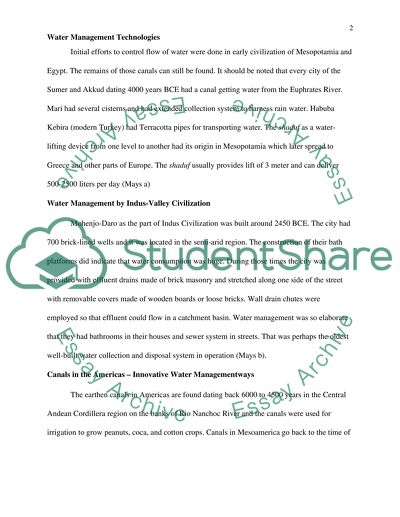Cite this document
(“History of Water Management Technologies Research Paper”, n.d.)
Retrieved from https://studentshare.org/environmental-studies/1396638-water-management-technologies
Retrieved from https://studentshare.org/environmental-studies/1396638-water-management-technologies
(History of Water Management Technologies Research Paper)
https://studentshare.org/environmental-studies/1396638-water-management-technologies.
https://studentshare.org/environmental-studies/1396638-water-management-technologies.
“History of Water Management Technologies Research Paper”, n.d. https://studentshare.org/environmental-studies/1396638-water-management-technologies.


